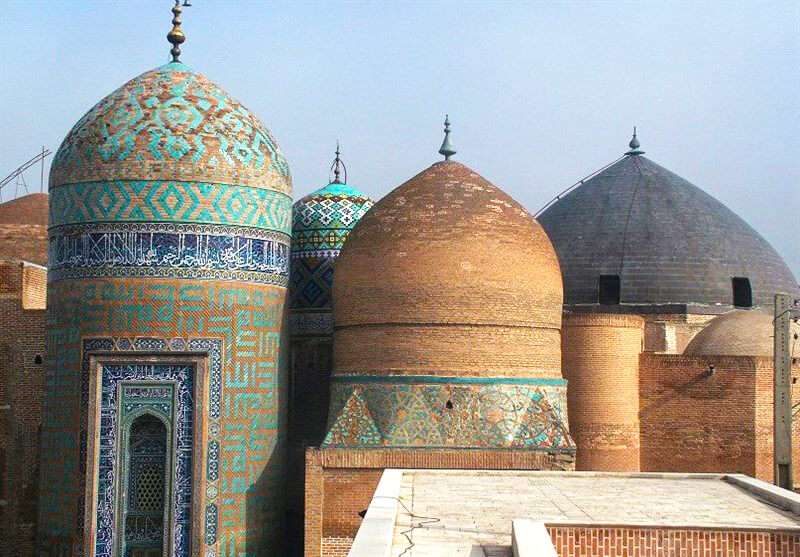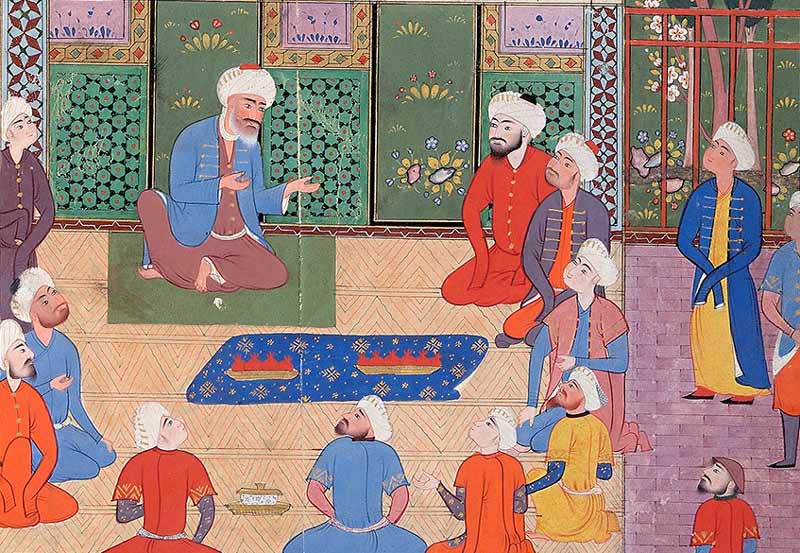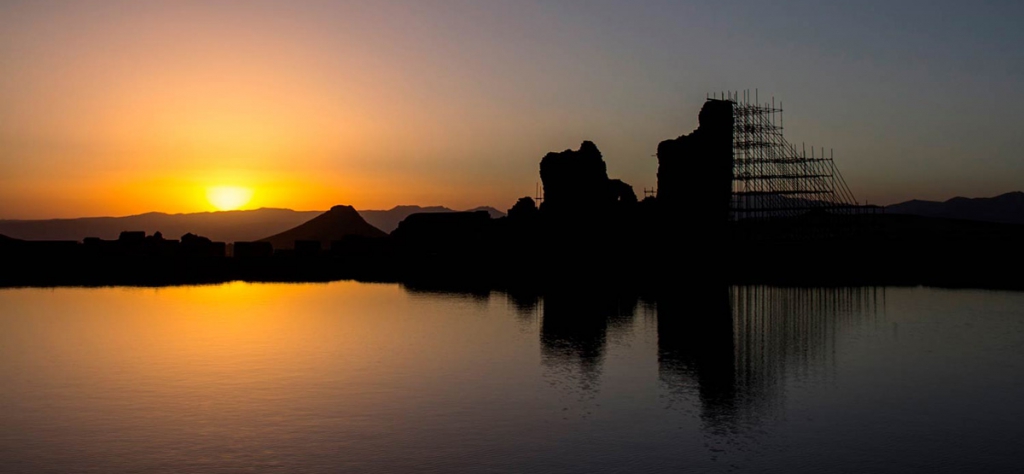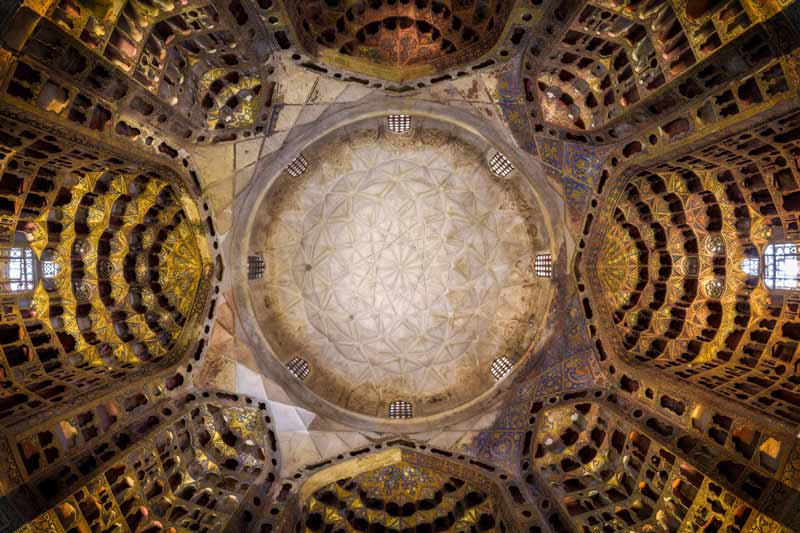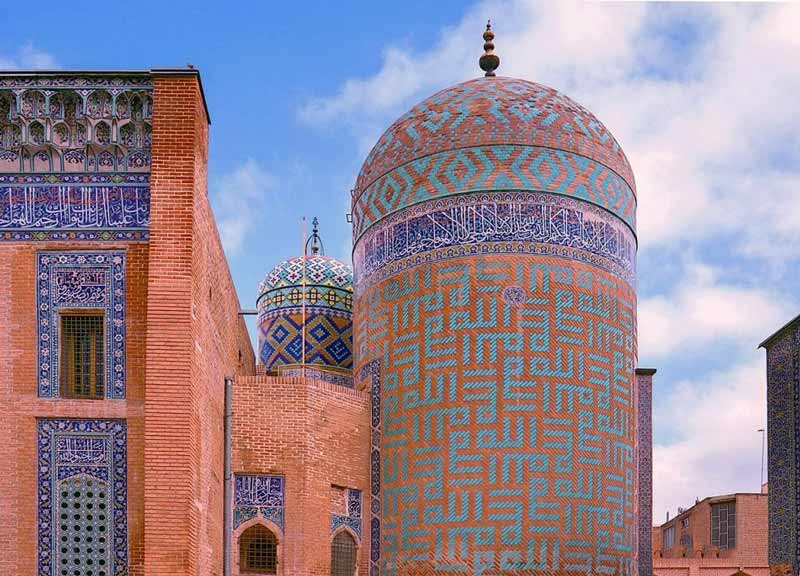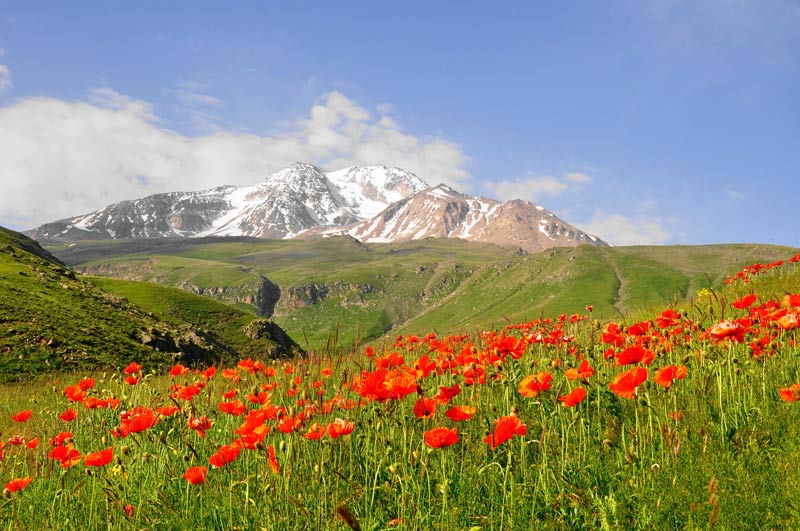Sheikh Safi al-Din Khanegah and Shrine Ensemble: A Magnificent Cultural Treasure of Iran’s Northwest
Have you ever heard of the Sheikh Safi al-Din Ensemble in Ardabil, Iran? This complex of buildings, built in the 16th century, is a cultural treasure and a masterpiece of Safavid-era architecture and art. It is a UNESCO World Heritage Site and a center of art, culture, and education. The ensemble attracts visitors from all over the world who come to marvel at its beauty, learn about its history, and seek spiritual guidance.
The Sheikh Safi al-Din Ensemble is a complex of buildings located in the city of Ardabil, in the northwest of Iran. It is a magnificent example of the Safavid-era architecture and art.
To visit Sheikh Safi al-Din Ensemble, don’t hesitate to look into our Iran World Heritage Tour.
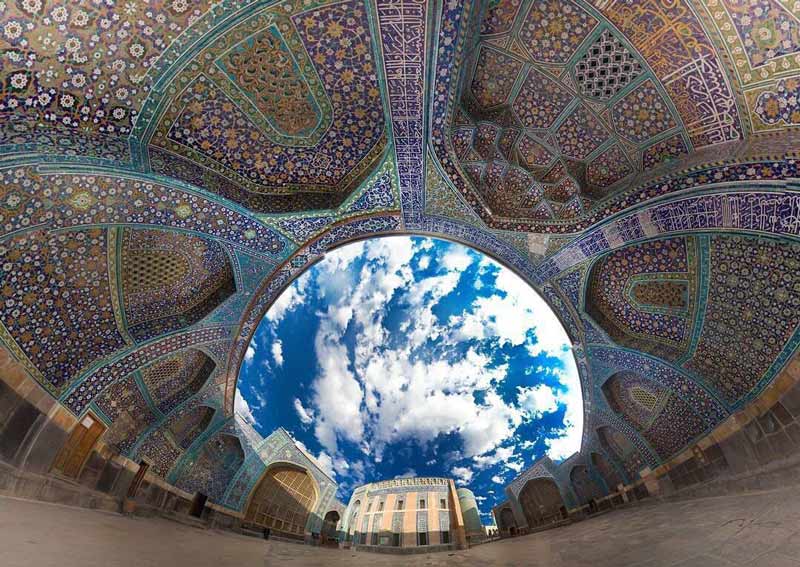
Who was Sheikh Safi al-Din?
Sheikh Safi al-Din Ardabili was a 13th and 14th-century Persian mystic and founder of the Safaviyya order of Sufism. He was born in Ardabil, in what is now northwestern Iran, in 1252 and died in 1334. Safi al-Din was a disciple of the Sufi master Sheikh Zahed Gilani and went on to establish his own Sufi order, which later became the Safavid dynasty, one of the most significant ruling dynasties of Iran.
Sheikh Safi al-Din was known for his teachings on the importance of inner spiritual purification and the attainment of closeness to God through acts of worship and devotion. He emphasized the importance of a personal relationship with God and a rejection of worldly desires and attachments.
In addition to his spiritual teachings, Sheikh Safi al-Din was also a patron of the arts and played a role in the development of Persian literature and music.
The architecture of the Sheikh Safi al-Din Khangah and Shrine
The architecture of the Sheikh Safi al-Din Ensemble is a blend of Iranian and Anatolian styles, which reflects the diverse cultural influences of the Safavid era. The buildings are made of brick and are decorated with intricate tilework, calligraphy, and plasterwork. The ensemble has several courtyards, each with a unique design and purpose. The mausoleum is the centerpiece of the complex, and it features a dome that is adorned with colorful tiles and calligraphy. The library, which houses more than 10,000 rare manuscripts, is also a remarkable example of Safavid-era architecture.
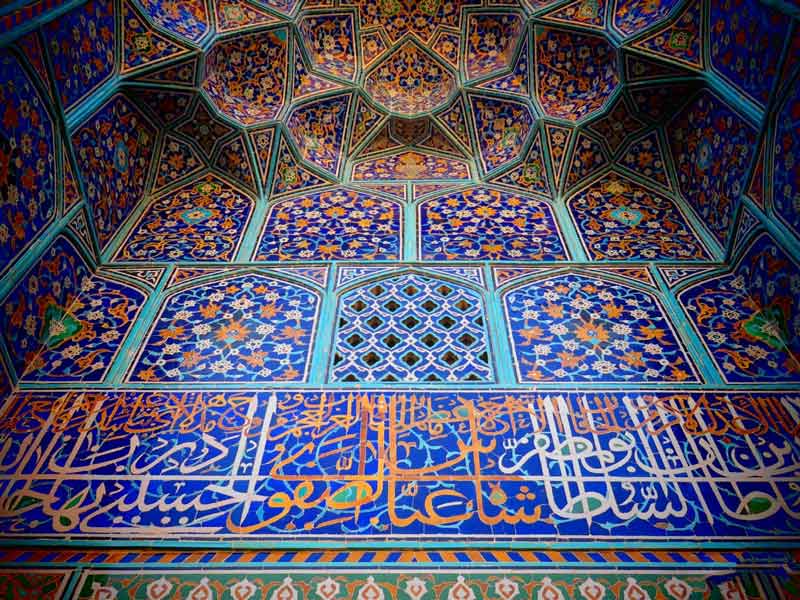
Different parts of Sheikh Safi al-din ensemble
Some of the key parts of the ensemble include:
- Sheikh Safi al-Din Mausoleum: This is the central building of the complex and contains the tomb of Sheikh Safi al-Din. The mausoleum was first built in the early 16th century and has since been expanded and renovated several times.
- Chini Khaneh (Chinese House): This is a building within the complex that is decorated with intricate tilework and houses a collection of Chinese ceramics and pottery.
- Shahidgah: This is a small building within the complex that contains the tombs of several Safavid princes.
- Jame Mosque: This is a mosque located within the complex that dates back to the 14th century.
- Library: The complex also includes a library that houses a collection of rare manuscripts and books.
- Hosseinieh: This is a building within the complex that is used for religious ceremonies and gatherings.
- Sepulchral Hall: This is a building within the complex that contains the tombs of several Safavid rulers, including Shah Ismail I, the founder of the Safavid dynasty.
These structures and buildings were added to the complex over time by various Safavid rulers, and together they form one of the most important examples of Islamic architecture in Iran.
Why is Sheikh Safi al-Din Ensemble in Iran recognized as a UNESCO world heritage?
UNESCO recognizes the exceptional universal value of Sheikh Safi al-Din Ensemble and added it to its World Heritage list in 2010 to ensure its protection and preservation for future generations. Here are some of the reasons why:
- The ensemble is an outstanding example of Islamic architecture and a testimony to Persian cultural and artistic traditions.
- The complex embodies a synthesis of architectural styles and artistic expressions from the 14th to the 18th centuries, reflecting the fundamental principles of Shiite Islam in its construction and ornamentation.
- The ensemble illustrates the development of Persian art and architecture over several centuries, from the Timurid to the Safavid periods, and demonstrates the interchange of human values and artistic traditions over a significant period of time within a cultural area of the world.
- The ensemble is an exceptional testimony to the cultural and social history of Iran and the Safavid dynasty, which played a crucial role in the political, religious, and cultural history of Iran.
- The ensemble is associated with spiritual and religious traditions of Shiite Islam and Sufism and has inspired a significant body of literature, art, and thought.
When to visit Sheikh Safi al-Din Ensemble?
The Sheikh Safi al-Din Ensemble is open to visitors throughout the year, but the best time to visit may depend on your personal preferences and the weather conditions in the region. The best time to visit Sheikh Safi al-Din Ensemble is during the summer months (June to August) when the weather is relatively mild and pleasant.
Where is the Sheikh Safi al-Din Ensemble located?
The Sheikh Safi al-Din Ensemble is located in the city of Ardabil, in the northwest of Iran. The ensemble is located in the old city of Ardabil, near the historical bazaar and the Jameh Mosque of Ardabil. The site covers an area of approximately 16,000 square meters and comprises several buildings. The ensemble is surrounded by a walled garden and is considered one of the most significant cultural and historical sites in Iran.
What to visit in Iran after Sheikh Safi al-Din Ensemble?
We have included Sheikh Safi al-Din Ensemble in Iran World Heritage Tour. This package offers a unique opportunity to explore the rich cultural and historical heritage of the region, including the stunning World Heritage monuments. Our tour packages offer a comprehensive and immersive experience of Iran’s diverse culture, architecture and nature at reasonable rates.
If you’re interested in exploring more of Iran’s cultural and historical treasures, there are many other destinations worth visiting. Here are a few suggestions:
Tabriz: This city in northwest Iran is known for its rich history and cultural heritage, including the historic Tabriz Bazaar and the Blue Mosque.
Zanjan: This city in northwest Iran is known for the UNSCO recognized Soltaniyeh Dome.
Uramanat: This mountainous region in western Iran is home to the Uramanat Cultural Landscape, which is recognized by UNESCO.
Takht-e Soleyman: Located in northwest Iran, Takht-e Soleyman is an ancient Zoroastrian site that includes the remains of a Sassanian-era fire temple and a large lake.
Persepolis: Located in the southwestern province of Fars, Persepolis is an ancient city that was once the capital of the Achaemenid Empire. The city is home to stunning ruins, including the Gate of All Nations, the Apadana Palace, and the Hall of 100 Columns.
Isfahan: Known as the “half of the world,” Isfahan is a beautiful city with a rich history and stunning architecture. Highlights include the Naqsh-e Jahan Square, the Chehel Sotoun Palace, and the Shah Mosque.
Tehran: The capital city of Iran is a vibrant metropolis with many cultural and historical attractions, including the National Museum of Iran, and the Golestan Palace.
Let us know your experiences of visiting or your questions about the Sheikh Safi al-Din Ensemble in the comment box below, we will be happy to hear from you!

